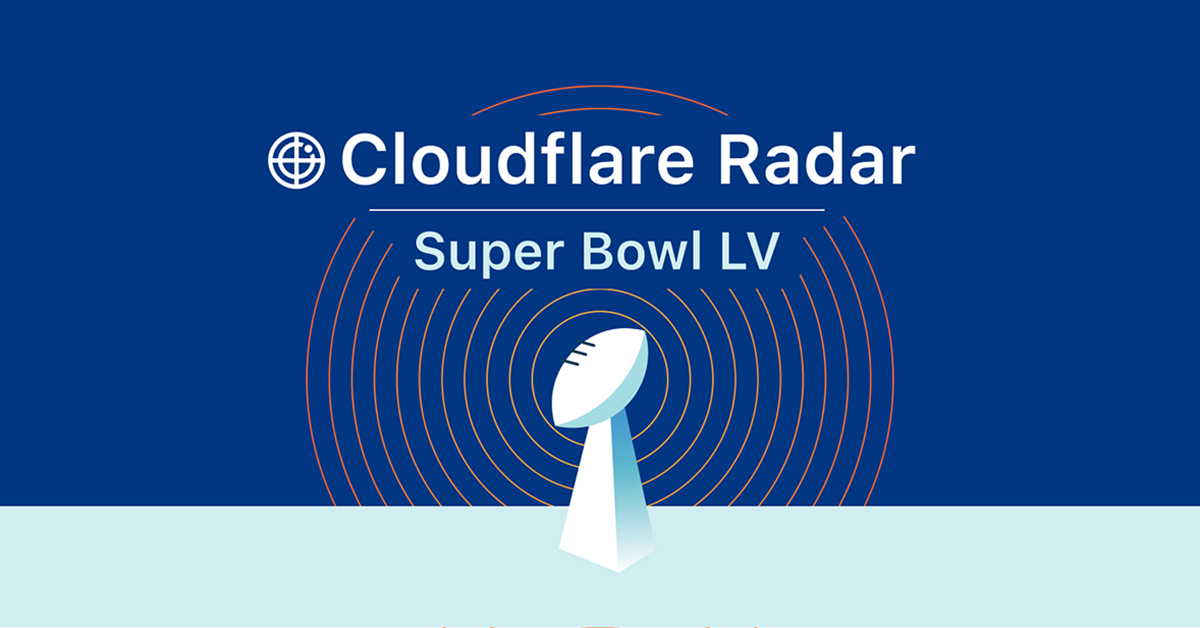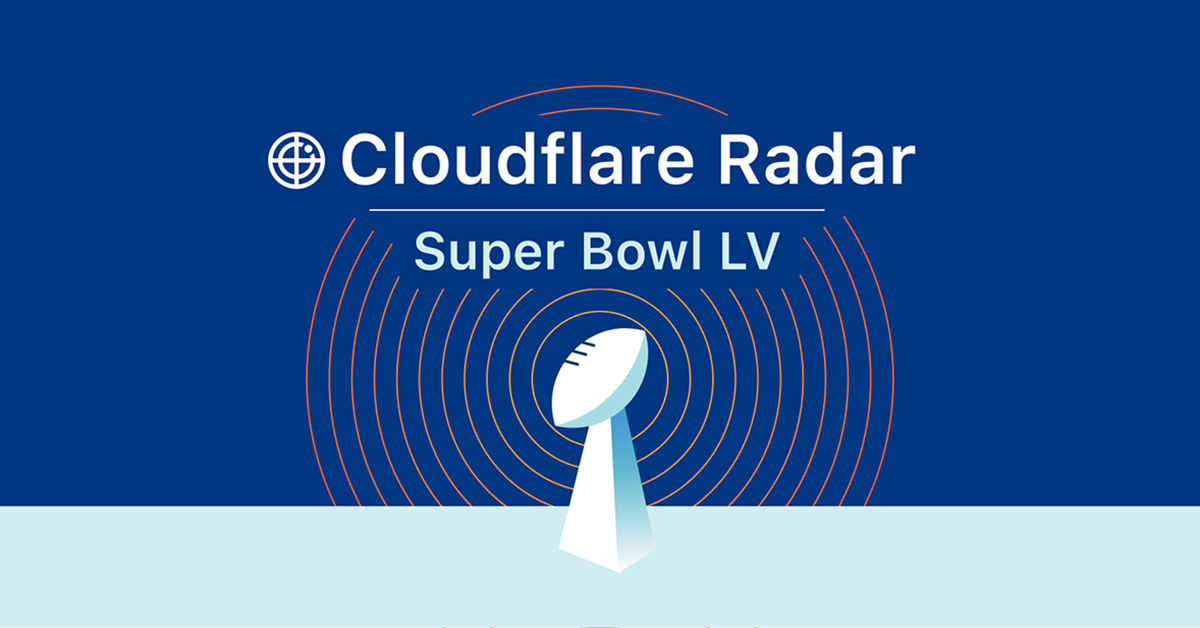Tier 1 Carriers Performance Report: January, 2021
The post Tier 1 Carriers Performance Report: January, 2021 appeared first on Noction.
Demonstrate Small Automation Wins
Long long time ago in a country far far away when traveling was still a thing I led an interesting data center fabric design workshop. We covered tons of interesting topics, including automating network services deployments (starting with VLAN self-service for server admins).
As was often the case in my workshops, we had representatives from multiple IT teams sitting in the room, and when I started explaining how I’d automate VLAN deployments, the server administrator participating in the workshop quickly chimed in: “that’s exactly how I implemented self-service for some of our customers, it makes perfect sense to use the same approach for server port and VLAN provisioning”, and everyone else in the room agreed… apart from the networking engineer, who used a counter-argument along the lines of “we only provision a new VLAN or server port every few days, we can do it by hand” and no amount of persuasion would move him.
Demonstrate Small Automation Wins
Long long time ago in a country far far away when traveling was still a thing I led an interesting data center fabric design workshop. We covered tons of interesting topics, including automating network services deployments (starting with VLAN self-service for server admins).
As was often the case in my workshops, we had representatives from multiple IT teams sitting in the room, and when I started explaining how I’d automate VLAN deployments, the server administrator participating in the workshop quickly chimed in: “that’s exactly how I implemented self-service for some of our customers, it makes perfect sense to use the same approach for server port and VLAN provisioning”, and everyone else in the room agreed… apart from the networking engineer, who used a counter-argument along the lines of “we only provision a new VLAN or server port every few days, we can do it by hand” and no amount of persuasion would move him.
Don’t Make Parents Raise Kids in a World without Encryption

Natalie Campbell, Director of Public Advocacy at the Internet Society and a mother of two, warns against banning or weakening of encryption for the safety of children online.
Governments and law enforcement agencies are trying to ban or weaken a critical tool for keeping our children safe online. As parents, we must speak up for our kids.
Children who are fortunate enough to have Internet access are online more than ever, and many are increasingly doing learning online. But these spaces are attractive targets for criminals, and parents and schools often lack resources to guide kids on how to stay safe as they learn, socialize, and discover the world online.
Luckily, encryption has our back. Whether it’s sending a confidential message to a friend, videoconferencing with grandparents, or submitting an assignment to a teacher, platforms and services that use end-to-end encryption can help keep our children safe by keeping the line of communication private between the sender and receiver.
Despite this, some governments, law enforcement agencies, and even some child protection agencies are trying take away the strongest digital tool we have as parents to keep children safe online. The United Kingdom, Germany, the European Commission, and the Continue reading
Go Notes: Types
All about types in Golang.Tech Bytes: Get Your Arms Around Network Changes With Infoblox’s NetMRI (Sponsored)
NetMRI from Infoblox is a network management tool with a variety of capabilities including device discovery and network topology mapping, configuration monitoring, change management, and more. We dive into what this tool can do with guests Ingmar Van Glabbeek, Senior Product Manager at Infoblox; and Adam Fox, Solution Architect at Empowered Networks. Infoblox is our sponsor for this Tech Bytes podcast.Tech Bytes: Get Your Arms Around Network Changes With Infoblox’s NetMRI (Sponsored)
NetMRI from Infoblox is a network management tool with a variety of capabilities including device discovery and network topology mapping, configuration monitoring, change management, and more. We dive into what this tool can do with guests Ingmar Van Glabbeek, Senior Product Manager at Infoblox; and Adam Fox, Solution Architect at Empowered Networks. Infoblox is our sponsor for this Tech Bytes podcast.
The post Tech Bytes: Get Your Arms Around Network Changes With Infoblox’s NetMRI (Sponsored) appeared first on Packet Pushers.
Rethinking BGP on the DC Fabric (part 2)
In my last post on this topic, I laid out the purpose of this series—to start a discussion about whether BGP is the ideal underlay control plane for a DC fabric—and gave some definitions. Here, I’d like to dive into the reasons to not use BGP as a DC fabric underlay control plane—and the first of these reasons is BGP converges very slowly and requires a lot of help to converge at all.
Examples abound. I’ve seen the results of two testbeds in the last several years where a DC fabric was configured with each router (switch, if you prefer) in a separate AS, and some number of routes pushed into the network. In both cases—one large-scale, the other a more moderately scaled network on physical hardware—BGP simply failed to converge. Why? A quick look at how BGP converges might help explain these results.

Assume we are watching the 110::/64 route (attached to A, on the left side of the diagram), at P. What happens when A loses it’s connection to 110::/64? Assuming every router in this diagram is in a different AS, and the AS path length is the only factor determining the best path at every router.
Watching Continue reading
Who won Super Bowl LV? A look at Internet traffic during the game


The obvious answer is the Tampa Bay Buccaneers but the less obvious answer comes from asking “which Super Bowl advertiser got the biggest Internet bump?”. This blog aims to answer that question.
Before, during, and after the game a crack team of three people who work on Cloudflare Radar looked at real time statistics for traffic to advertisers’ websites, social media in the US, US food delivery services, and websites covering (American) football. Luckily, one of us (Kari) is (a) American and (b) a fan of football. Unluckily, one of us (Kari) is a fan of the Kansas City Chiefs.
Cloudflare Radar uses a variety of sources to provide aggregate information about Internet traffic and attack trends. In this blog post we use DNS name resolution data to estimate traffic to websites. We can’t see who visited the websites mentioned below, or what anyone did on the websites, but DNS can give us an estimate of the interest generated by the commercials. This analysis only looked at the top-level names in each domain (so example.com and www.example.com and not any other subdomains).
The Big Picture
To get the ball rolling here’s a look at traffic to Continue reading
Introducing the MANRS Ambassador Program 2021

The MANRS (Mutually Agreed Norms for Routing Security) Ambassador Program 2021 is now accepting applications. If you are an industry leader eager to improve the well-being of the Internet’s global routing system, apply now.
Ambassadors are representatives from MANRS participant organizations who show expertise and leadership in the routing security community. They are well-respected professionals committed to helping make the global routing infrastructure more robust and secure.
Ambassadors will work with MANRS Fellows, participants in an associated program that will invite applications next month. Together, they will train diverse communities on good routing practices, analyze routing incidents, research into ways to secure routing, and survey the global policy landscape.
You can read about the four Ambassadors in last year’s inaugural program, which proved highly popular. The Internet Society supports this program as part of its work to reduce common routing threats and establish norms for network operations.
You can apply to be a MANRS Ambassador in three different areas: training, research, and policy. Each Ambassador will receive a stipend of $1,500 a month. The program will start in mid-April and run for up to eight months. You can apply for more than one category but will only be selected for Continue reading
Network Break 319: Arista Unveils Zero Trust Offering; Google Searches For Cloud Profits
Take a Network Break! This week we start with a couple of follow-ups, and then dive into the week's news. Arista Networks announced a Zero Trust offering that has room to grow, Google's Stadia game streaming service shuts down its in-house game development studio, AWS and Google Cloud announce their financial results, and more tech news.
The post Network Break 319: Arista Unveils Zero Trust Offering; Google Searches For Cloud Profits appeared first on Packet Pushers.
Network Break 319: Arista Unveils Zero Trust Offering; Google Searches For Cloud Profits
Take a Network Break! This week we start with a couple of follow-ups, and then dive into the week's news. Arista Networks announced a Zero Trust offering that has room to grow, Google's Stadia game streaming service shuts down its in-house game development studio, AWS and Google Cloud announce their financial results, and more tech news.Congratulations to Cloudflare’s 2020 Partner Award Winners

We are privileged to share Cloudflare’s inaugural set of Partner Awards. These Awards recognize our partner companies and representatives worldwide who stood out this past year for their investments in acquiring technical expertise in our offerings, for delivering innovative applications and services built on Cloudflare, and for their commitment to customer success.

The unprecedented challenges in 2020 have reinforced how critical it is to have a secure, performant, and reliable Internet. Throughout these turbulent times, our partners have been busy innovating and helping organizations of all sizes and in various industries. By protecting and accelerating websites, applications, and teams with Cloudflare, our partners have helped these organizations adjust, seize new opportunities, and thrive.
Congratulations to each of our award winners. Cloudflare’s mission of helping build a better Internet is more important than ever. And our partners are more critical than ever to achieving our mission. Testifying to Cloudflare’s global reach, our honorees represent companies headquartered in 16 countries.
Cloudflare Partner of the Year Honorees, 2020

Worldwide MSP Partner of the Year: Rackspace Technology
Honors the top performing managed services provider (MSP) partner across Cloudflare's three sales geographies: Americas, APAC, and EMEA.
The Week in Internet News: Toronto Looks to Community Broadband

Broadband for the city: Toronto, the largest city in Canada, will consider building a municipal broadband network to bridge the digital divide, Now Toronto reports. A government committee has endorsed the ConnectTO initiative, which aims to fill in underserved areas in the city while avoiding competition with current Internet service providers. Meanwhile, Tucson, Arizona, is building its own municipal broadband network, StateScoop says. The network will focus on serving government offices, students, and elderly residents who lack reliable Internet service.
Protesting subsidies: In another broadband story, some rural ISPs are questioning an $886 million U.S. Federal Communications Commission rural broadband subsidy to SpaceX, the Elon Musk-owned company that has launched a satellite-based Internet service, reports Bloomberg on Al Jazeera. Some rural ISPs have suggested the satellite service is still in beta and plans to serve parts of New York City and airports in Newark and Miami, which don’t fit in with the mission of the FCC’s Rural Digital Opportunity Fund.
Giant regulation: A new Japanese law requires tech giants to disclose terms of contracts with business partners and submit reports regularly to the government, in an effort to enforce fair business relationships with smaller companies, The Japan Times reports. The Continue reading